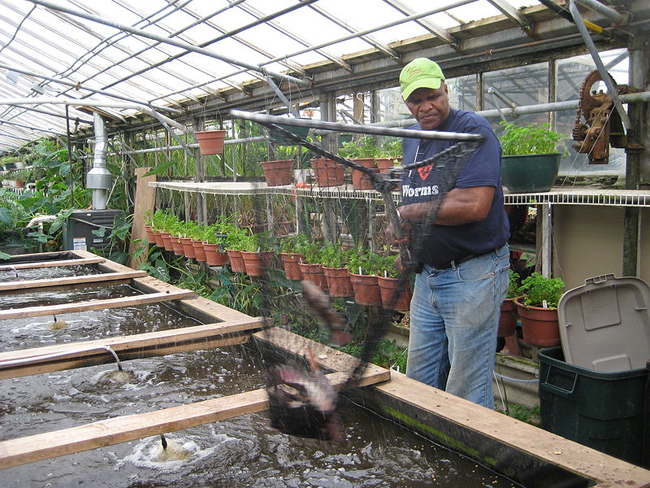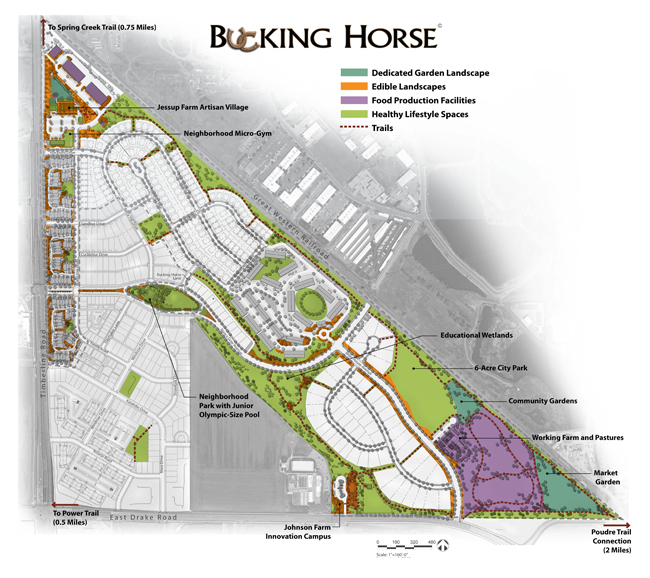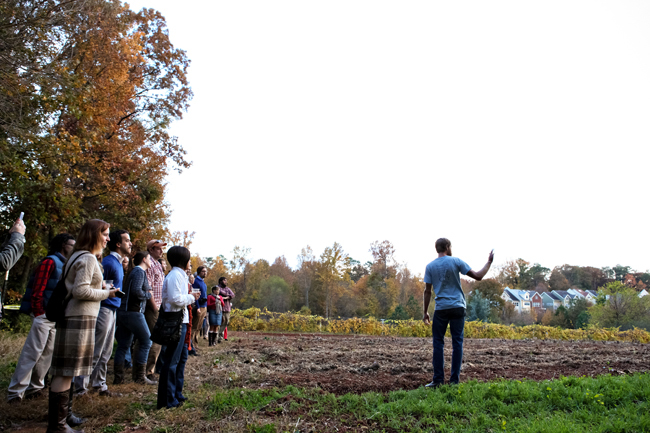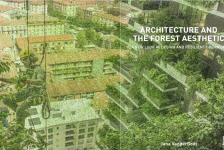In many ways, urban growers have the odds stacked against them, especially when compared to rural farmers. Yet, there are increasingly more examples of successful urban farming. Much of this is due to the contributions of landscape architects, who have much to offer in guiding urban agriculture towards a strong civic institution. In this post today, however, we will identify the main challenges to urban agriculture and how to remedy them.
Soil Contamination
One of the first steps needed to assess a site’s potential for food production is to have a soil test conducted. Farmers do this to determine what sort of soil amendments are needed for a particular crop, but in an urban context, the first concern is whether or not the soil is safe for food production. Toxic metals that are taken up into plant tissues can then be absorbed by the body when the plants are consumed. Lead is the most common contaminant and so, it is generally recommended that only soils with 300 parts per million or less be used for food production.
If the soil is unsuitable for growing in, the site can still be used for food production. Soilless, hydroponic methods are one option, but it is also possible to import clean topsoil and use it in raised beds. In the latter case, it is necessary to use a geotextile membrane and or clay barrier to prevent the roots from penetrating the contaminated soil. Phase one environmental assessments are needed for the reuse of most urban properties, whether for agricultural purpose or otherwise, so the particular implications for food production can be assessed as part of the process by a qualified environmental professional. The EPA has published a useful guide entitled Brownfields and Urban Agriculture that is a good starting point for understanding the issue.
RELATED STORY: Love Your Soil: What I Learned from ASLA 2013
Economics
Unless the most sophisticated methods of aquaponic (fish and vegetable) production are used, it is difficult for agriculture to provide the same return on investment in developing urban land as building residences, retail districts or other typical urban uses. Thus, food production is generally an accessory to one of these other uses, much like landscaping and parks — they contribute indirectly to the value of real estate by making the places where we live and work more enjoyable.
RELATED STORY: Putting a Price on Design: What is the Value of Public Space?
Food-producing landscapes generally have higher operating costs, as they are inherently high maintenance. However, the typical notion of landscape maintenance as a line item in the annual budget is not entirely appropriate in this context. These are working landscapes, meaning that the ‘maintenance’ activities of weeding, tending and harvesting are what fulfills the purpose of the design. The point is that landscape architects must work with their clients to devise successful programming for urban agriculture sites that will make ‘maintenance’ a built-in part of the project.
Management
If the site has a primarily educational purpose, proceeds from hosting classes and workshops can pay a master gardener or farmer to oversee the property. If the site is an amenity to a residential development, the HOA fees have to be structured to pay for the operational costs. In some cases, an individual may be given free access to the land in exchange for running their own farm on it, selling the produce they grow and running it like any other business. The landowner benefits by having the land used productively — and in a way that equates to a value-adding amenity — and the farmer benefits from the low rent and the close proximity to markets for their produce.
Landscape architects may not need to be involved in brokering all these arrangements, but the more they involve themselves in the overall process of making urban agriculture a viable endeavor, the more it will serve to make the landscape a focal point in the urban agenda.
Images via Wikimedia, Wikipedia.de, Bellisimo, LizzyPhoto
Part four of a six-part series on urban agriculture
Want even more urban agriculture content? Check out our new Urban Agriculture Pinterest Board!
Published in Blog










